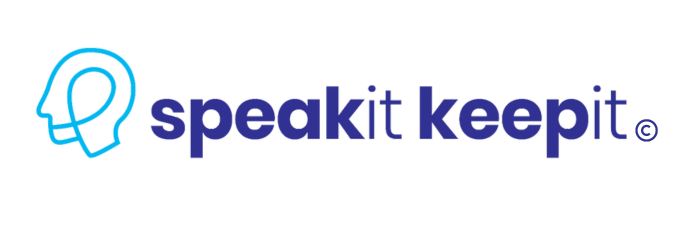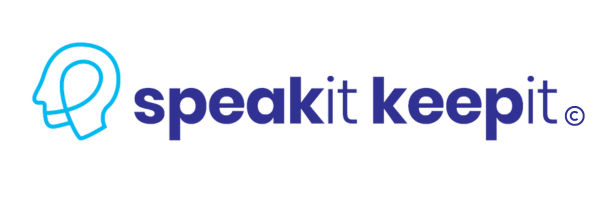Have you ever wondered why speaking out loud helps you remember things better? Whether it’s memorizing a phone number, a grocery list, or a presentation, speaking out loud can be an effective way to commit information to memory. In fact, research has shown that speaking can increase memory retention and help you learn things faster.
The reason for this is that when we speak, we engage multiple areas of the brain, including areas responsible for processing language, motor movement, and memory. By activating multiple areas at once, we engage in active learning to create stronger neural connections. This makes it easier to recall information later on.
Teaching Others as a Learning Hack
Teaching others is another learning hack that can help you retain information better. When we teach others, we have to understand the material at a deeper level in order to explain it effectively. This process of explaining and simplifying complex concepts helps us internalize the material more deeply, making it easier to remember later on. However, there is a reason why public speaking is a fear for many people. Simply put, students are not taught to use speaking as a skill. When you incorporate speaking into the academic learning process students are more confident and comfortable in school and beyond. It seems like we have to add speaking as a skill into the learning process but in reality, speaking has always been essential to human development.
Even Kids Speak Before Reading and Writing
Did you know that children speak before they learn to read and write? As an infant, a baby visually observes sights and auditorily hears sounds while being incapable of movement. Their minds are like a sponge and constantly create connections or associations between sensory information. Later, they develop the ability to produce sounds to identify and affect the world around them. The sounds & words they speak express their understanding of the world and then reinforce the correct meaning. All this brain power is developed before a child knows how to read & write. All people have this ability, however during the K-12 education process, reading & writing becomes the standard to determine intelligence, with presentations, as a speaking activity, sprinkled into the curriculum. However, in the K-12 education process students tend to fall into certain learning styles instead of utilizing all styles naturally available to them.
Memory Loss and Spaced Review
As students enter college, they rely on their core learning style that helped them get through high school. However, the college rigor and information is much more dense and during lectures students can be overwhelmed. After the lectures students begin to lose memory of the content immediately. I imagine after the lecture, their thoughts are like millions of balloons released into the sky. As a result students stop active listening and then rely on their notes to remind them of the lecture material. One way to counteract memory loss is to use spaced review techniques. By reviewing information at intervals over time, we reinforce our neural connections and create stronger memories. This is why it’s so important to practice good study habits, such as reviewing information regularly and spacing out study sessions over time. When students combine this technique with various associative learning styles they develop a sponge-like ability with regard to information processing. They have the ability to store and recall information under mild social pressure which prepares them for their finals.
Different Learning Styles
Everyone has a unique learning style, and understanding yours can help you learn more effectively. There are four main learning styles: visual, auditory, kinesthetic, and reading/writing.
Visual learners prefer to learn through visual aids, such as diagrams, charts, and videos.
Auditory learners do best with spoken explanations and lectures.
Kinesthetic learners learn best through hands-on activities and movement.
Reading/writing learners prefer to learn through written material.
In the K-12 education system, students may use one learning style more than others, but they have the ability to use all four. By incorporating a variety of learning styles into your education or training, you can maximize your learning potential and increase your chances of retaining information long-term.
The Speak it to Keep it workshop brings all these concepts together to teach you a simple 3 step learning process. During the workshop you experience transformative learning that moves you beyond old learning habits and into new ways of thinking about learning. Whether you’re a student, professional, or lifelong learner, this workshop will help you learn more effectively and efficiently. Join the workshop today.

